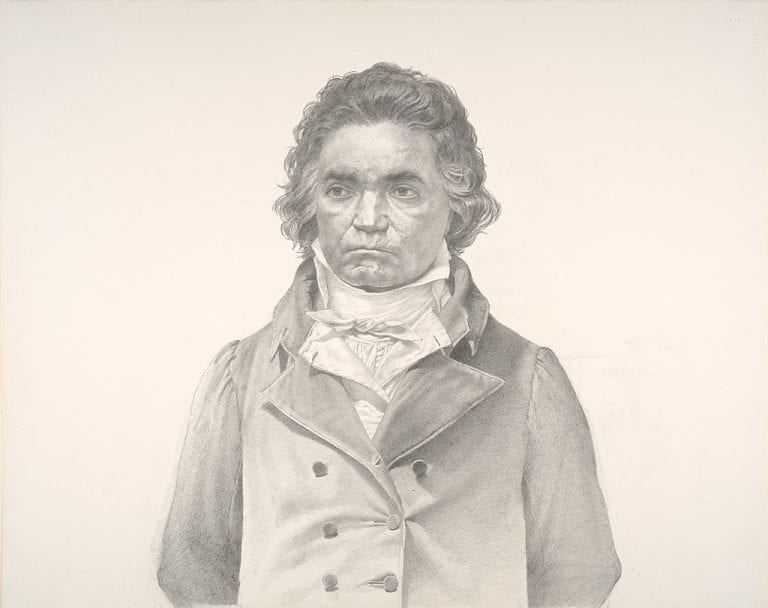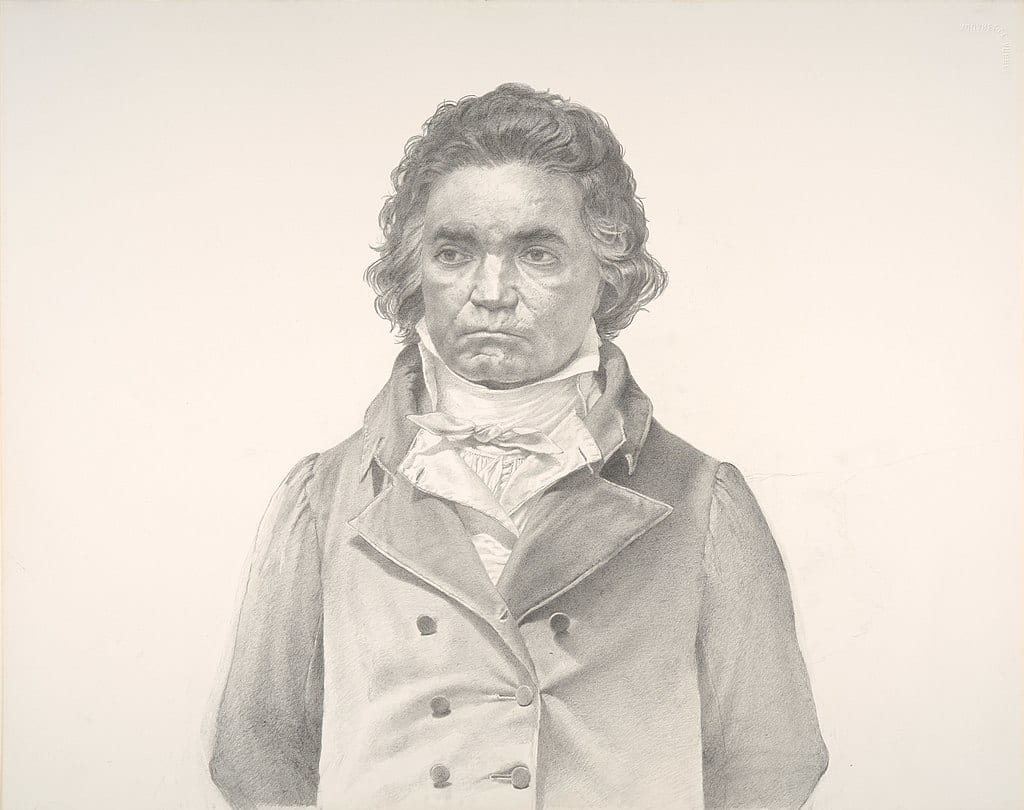
May is Melanoma Awareness Month, which serves as an annual reminder to visit a dermatologist regularly for a skin check. Melanoma affects every skin tone. Visit Himmelfarb's collection, Diversity in Dermatology, to explore our library resources on this topic.
This year, let’s go back in time to learn about the origin of one tremendous contemporary advance in the treatment of malignant melanoma -- immunotherapy -- and learn about a new development coming for patients diagnosed with melanoma.
Dr. William Coley (1862-1936) was a bone surgeon and cancer researcher who spent his career at the New York Cancer Hospital. At the time, cancers were commonly treated with amputation. Coley’s young patient, 17 year old Elizabeth Dashiell, presented with an aggressive sarcoma in her hand. Despite an amputation, her cancer had metastasized and she died ten weeks later. Coley began to comb through hospital records, and found a patient who had had four recurrences of an inoperable sarcoma, whose disease had gone into remission when he developed a superficial streptococcal infection of the skin. Coley managed to locate the patient, who did not present with any clinical evidence of malignancy. He also found a number of observational publications connecting this particular skin infection with positive outcomes for sarcoma patients.

Coley began intentionally inducing this skin infection in his cancer patients, despite the fact that antibiotics were not yet available to help control infections. His practice is of course shocking and unethical in the light of our contemporary understanding of medical ethics. Additionally, the specific infection, erysipelas, was difficult to induce in patients, some of whom never developed the infection, and some of whom were injected repeatedly in the attempt to induce it. Having achieved some results with his initial attempts, Coley began using a heat-killed version of the infection, combined with one other toxin (which is known to us today as Serratia marcescens) to increase the virulence, and in turn, patients’ immune responses. This combination came to be known as “Coley’s toxins.” A summary of the patients treated with Coley’s toxins prior to 1940 shows that 22 soft-tissue sarcoma patients and 8 lymphoma patients were found to be free of clinical evidence of disease for a period of at least 20 years. (Starnes, 1992). Results for other types of cancers varied, but were not nearly as dramatic. You can read Coley’s 1914 report on his treatment of patients with toxins in its entirety online.
The concept of inducing an immune response in patients to address malignancies also underlies the pioneering work done by contemporary researcher James Allison, for which he shared the 2018 Nobel prize with Tasuku Honjo, for their work on immunotherapy. Allison’s work is chronicled in the documentary Breakthrough, which is available to stream on a number of platforms. Immune checkpoint therapy stimulates the patient’s immune system by blocking inhibitory checkpoints, in order to enable T cells to attack the tumor. Currently, immune checkpoint inhibitors which target the molecules CTLA4, PD-1, and PD-L1 are approved. The very first immune checkpoint therapy, ipilimumab, was approved in 2011 for the treatment of melanoma; since then, seven additional immune checkpoint inhibitors have been approved for use in the treatment of an ever-increasing number of cancers.
Research is ongoing towards the development of melanoma vaccines, which also build on the basis of activating patients’ own immune systems. The April 2024 issue of Cancer Research contains a brief comment on the growing body of evidence for vaccines tailored to specific tumor mutations, noting that progress has accelerated and increased during the past five years. (Fritsch & Ott, 2024)
While the ultimate goal is to prevent patients from developing melanoma in the first place, the results of research are leading to exciting and unprecedented outcomes for patients who have the disease. Dr. Coley’s early work with the immune system of cancer patients reminds us that pioneering ideas may come before their time and before the technology exists to support them, but may nonetheless lead to unimaginable and positive outcomes centuries later.
References
Coley, W. B. The Treatment of Malignant Inoperable Tumors with the Mixed Toxins of Erysipelas and Bacillus Prodigiosus : With a Brief Report of 80 Cases Successfully Treated with the Toxins from 1893 to 1914 / by William B. Coley. M. Weissenbruch, 1914; 1914.
Fritsch, E. F., & Ott, P. A. (2024). Personalized Cancer Vaccines Directed against Tumor Mutations: Building Evidence from Mice to Humans. Cancer research, 84(7), 953–955. https://doi.org/10.1158/0008-5472.CAN-24-0565
Starnes C. O. (1992). Coley's toxins in perspective. Nature, 357(6373), 11–12. https://doi.org/10.1038/357011a0




